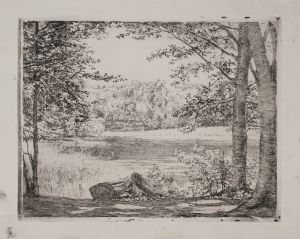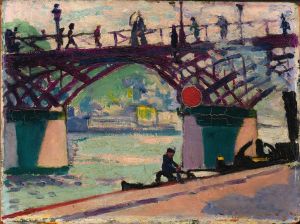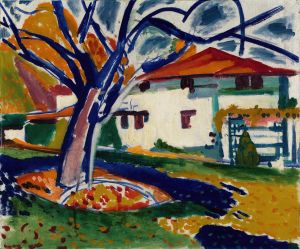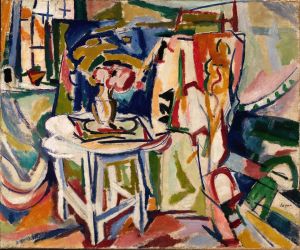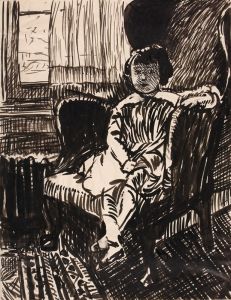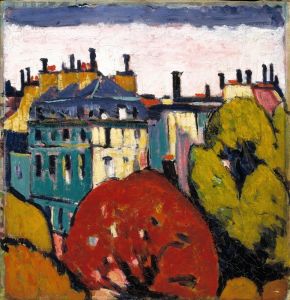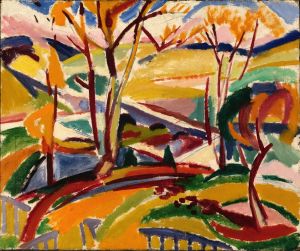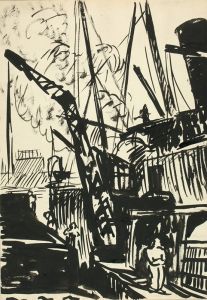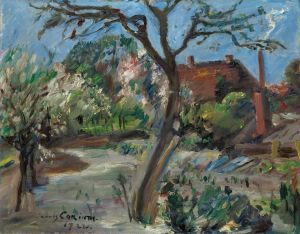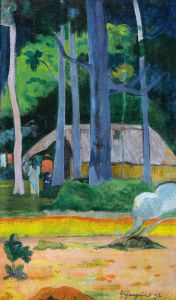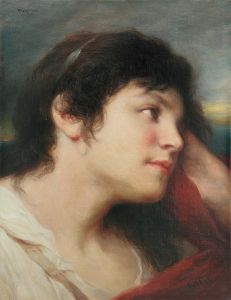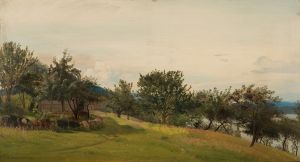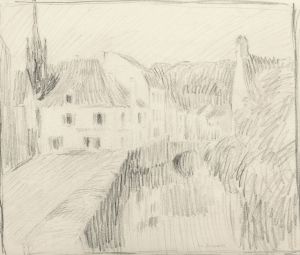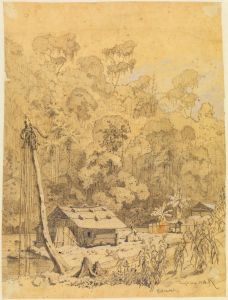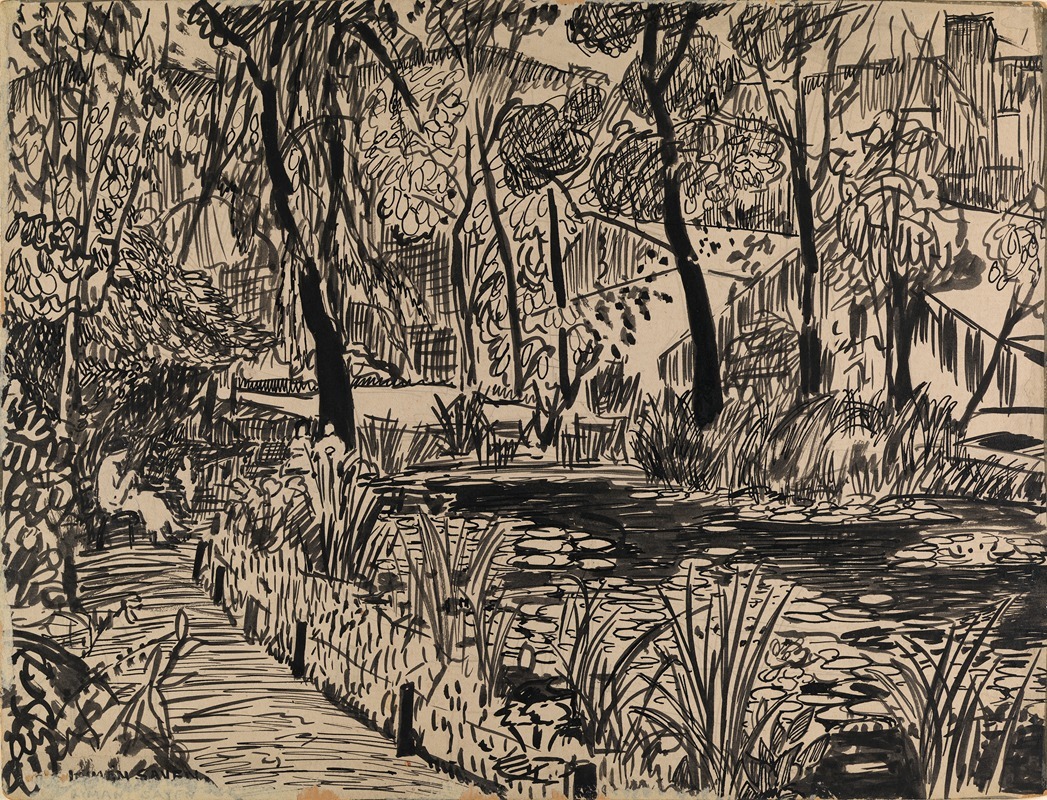
Arboretum
A hand-painted replica of Henry Lyman Saÿen’s masterpiece Arboretum, meticulously crafted by professional artists to capture the true essence of the original. Each piece is created with museum-quality canvas and rare mineral pigments, carefully painted by experienced artists with delicate brushstrokes and rich, layered colors to perfectly recreate the texture of the original artwork. Unlike machine-printed reproductions, this hand-painted version brings the painting to life, infused with the artist’s emotions and skill in every stroke. Whether for personal collection or home decoration, it instantly elevates the artistic atmosphere of any space.
Henry Lyman Saÿen (1875–1918) was an American artist known for his contributions to the early 20th-century art scene, particularly in the realm of modernism. Saÿen was not only a painter but also an inventor, having developed the first practical X-ray tube while working with Thomas Edison. His artistic work, however, remains less documented compared to his scientific achievements.
"Arboretum" is one of Saÿen's paintings, though specific details about this particular work are scarce. Saÿen's artistic style was influenced by his exposure to European modernism, particularly during his time in Paris, where he was in contact with prominent artists of the time. His work often reflects the vibrant colors and dynamic compositions characteristic of the Fauvist movement, which emphasized painterly qualities and strong color over representational or realistic values.
The term "arboretum" refers to a botanical collection composed exclusively of trees. While there is limited information available about the painting "Arboretum" itself, it can be inferred that the subject matter likely involves a depiction of trees or a wooded area, possibly rendered in Saÿen's modernist style. His paintings often exhibit a bold use of color and an abstract approach to form, suggesting that "Arboretum" might similarly explore these elements.
Saÿen's work, including "Arboretum," would have been part of the broader context of early 20th-century American art, which was increasingly influenced by European avant-garde movements. During this period, American artists were beginning to break away from traditional representational art, experimenting with new styles and techniques that emphasized personal expression and abstraction.
Despite his promising career, Saÿen's life was cut short when he died in 1918 at the age of 43. As a result, his body of work is relatively small, and much of it remains under-researched. His contributions to both art and science, however, highlight the interdisciplinary nature of his talents and the innovative spirit of his era.
In summary, while specific details about the painting "Arboretum" by Henry Lyman Saÿen are limited, it can be appreciated within the context of his broader artistic endeavors and the modernist movement of the early 20th century. Saÿen's work continues to be of interest to art historians and collectors who seek to understand the evolution of American modernism and the diverse influences that shaped it.





